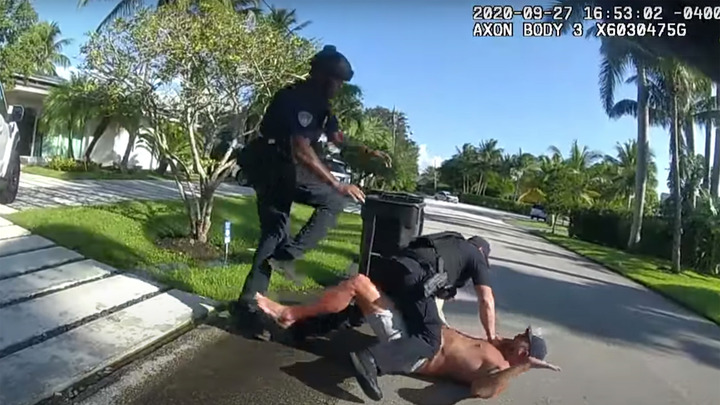

By Chief Joel F. Shults, Ed.D.
Suicide by cop (SBC), also known as a victim precipitated homicide, is an officer’s nightmare. Despite public perception, the overwhelming majority of mental health calls, including suicidal persons, are handled by police officers without a major incident. An event in which a caller actually wants the police to kill them is hard to imagine, but about 100 persons per year are killed by police officers after the officers were faced with little choice.
A ten year study of the Los Angeles County Sheriff’s Department (LASD) found that 13% of all fatal officer-involved shootings were classified by SBC.
Some agencies have begun to refuse to respond to calls of suicidal persons who are not immediately risking the lives of other innocent persons. Gone are the days of police officers surrounding a house where an individual is threatening to kill themselves, then making a forced entry to rescue a person from themselves. Absent a court order, these rescue efforts can result in injuries to the suicidal person or the officers which can result in lawsuits against the police agency.
SBCs are like other suicides in that they can be spontaneous and impulsive, they can be well planned and very intentional, while many suicidal persons are ambivalent, as if to allow fate to decide. Some of these events may not be classified as suicides due to the complications of an event and a lack of clear intent by the person killed by police.
Officers may not know that they are engaging with a mentally unstable or suicidal person. The caller may just report that a person is acting erratically, has a weapon displayed, or was just involved in a domestic dispute. The suicidal person may be making the call themselves in order to ambush responding officers and force a deadly confrontation.
Guidelines for officers include the first consideration to be officer safety. Giving explicit direction to officers to avoid death and injury from a suicidal subject is not merely self-preservation. A disabled officer means that more weapons could become available to the person, the officer’s rescue will remove not only themselves as an asset but take additional resources and attention away from the suicidal party, and if a suicidal person injures an officer, they may become aware of some unintended consequences of their behavior and become more highly agitated. The loss of an officer can result in more threats to the general public if the suicidal person cannot be isolated.
When a police officer realizes that this is an SBC attempt, they may be tempted to turn away from self-preservation and shift into counselor mode. This can result in them letting their guard down and approaching the person from an unsafe position in order to establish trust and rapport. Trust and rapport are important, but one cannot assume that a suicidal person will act rationally even after a personal connection is made. The person may have disordered thinking due to brain illness, or, since the majority of suicides are by people under the influence of alcohol or other drugs, their state of mind can shift quickly.
Large police agencies will have resources that simply aren’t available to smaller departments. The public expects the availability of less than lethal tools, crisis intervention teams, and lots of back up officers. These may not be available or, if so, not immediately. Having back up officers is no guarantee that the chance of a violent encounter is less. Civilian crisis intervention teams may have to be kept at a distance if a firearm is involved.
About half of SBCs present a firearm to engage officers. Nearly one in five weapons displayed in these situations in the LASD study were replica weapons, along with some others that were unloaded or nonfunctional. The psychological toll on an officer who is forced to shoot a person who turns out to have had a non-functioning weapon is immense. The public relations impact is worsened by critics who will scoff at the fact that the SBC “didn’t even have a real gun”.
Edged weapons and blunt objects are also used to provoke officers to use deadly force in an SBC. While officers may be able to get closer to a person who does not appear to have a firearm, these weapons can be deadly, and there is no guarantee that there isn’t a firearm present also. The distance between the officer and the SBC can be traversed very quickly and attacking or fleeing persons with mental illness into a populated area beyond the secure perimeter presents a complicated decision for officers. An SBC can be precipitated by the subject threatening an innocent bystander or family member.
SBCs present one of the most challenging calls an officer can handle. The chance to save a life is high, but the chance that others’ lives are at risk is very real. Most situations are resolved without deadly force. That decision is ultimately up to the person who wants to die.